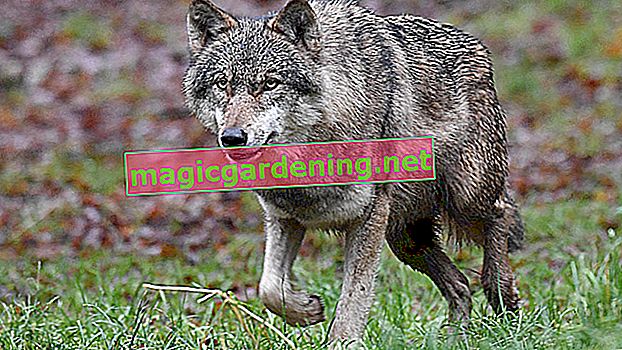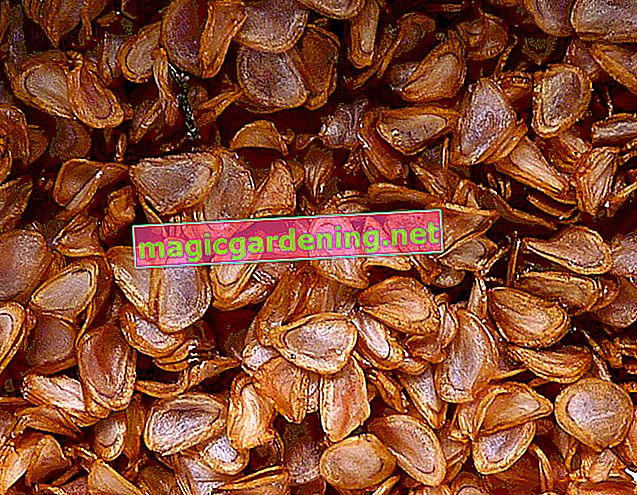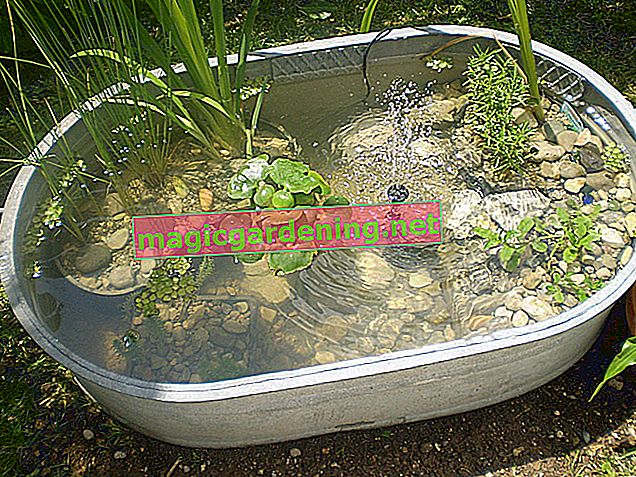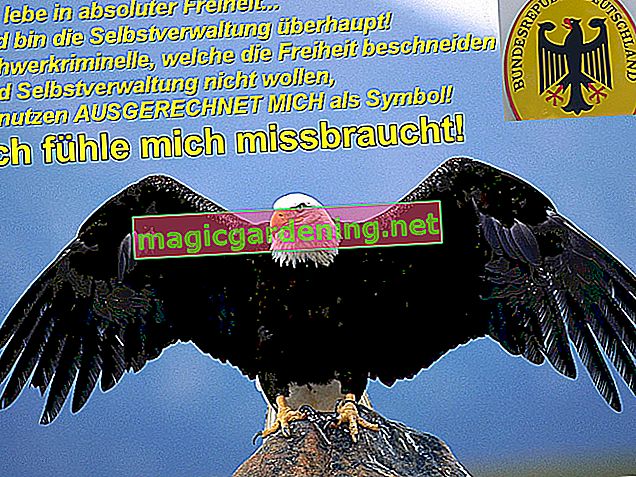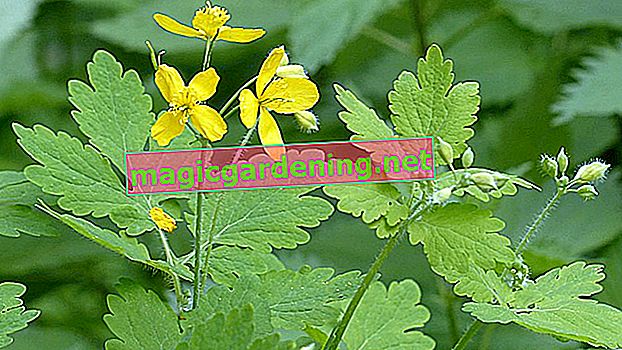
Warning, poisonous: the black mullein
In contrast to the woolly flower with yellow single flowers and a growth height of up to two meters, the black mullein (Verbascum nigrum) is usually smaller (up to about 120 centimeters growth height) and is characterized by striking purple stamens on the pale yellow flowers. The herb, which is less hairy than the woolly flower native to cottage gardens, contains the poisonous sperm alkaloid verbacin and the iridoid aucubin.
also read
- The ideal care for the mullein in the garden
- Cut the mullein properly in the garden
- The heyday of the mullein
The poisonous effect of the yellow-flowered mullein on animals
Although the woolly flower, which is valued for its medicinal properties and has therefore been planted in monastery and farm gardens for centuries, is non-toxic to humans and was probably fed to cattle as a natural remedy, parts of the plant are said to be toxic to fish and other animals. Allegedly, Aristotle sprinkled seeds of the plant in water, in order to facilitate fishing by the anesthetic effect of the saponins contained on fish.
Use for healing teas and inhalations
Hippocrates and Hildegard von Bingen already knew how to appreciate the properties of the mullein as a natural medicine. Areas of application for today's use are in the following areas:
- to dissolve mucus in colds and coughs
- used to treat asthma
- in the treatment of gastrointestinal complaints
The dried leaves and flowers of the mullein are either extracted with high-quality oils or freshly brewed teas.
Tips & Tricks
Since recognizing the correct plant species and completely drying the plant parts require certain knowledge, mullein teas can also be purchased in pharmacies under the name Verbasci flos.

